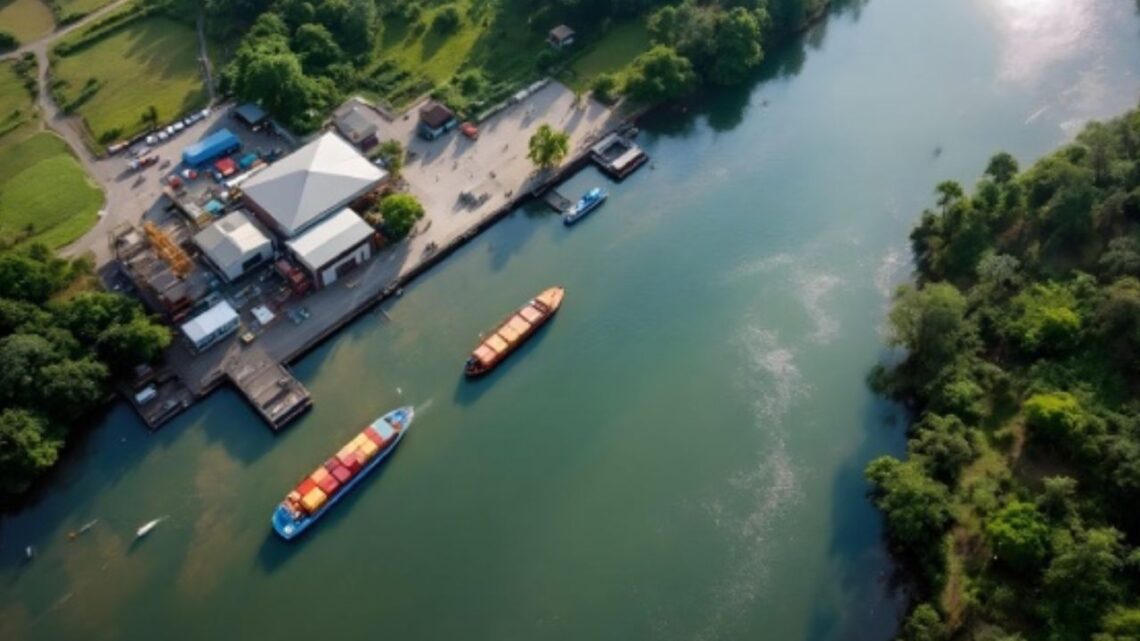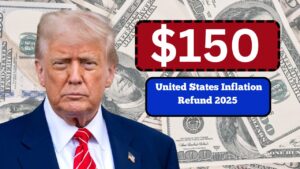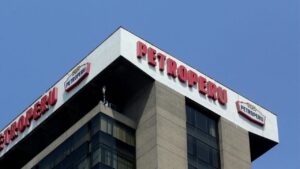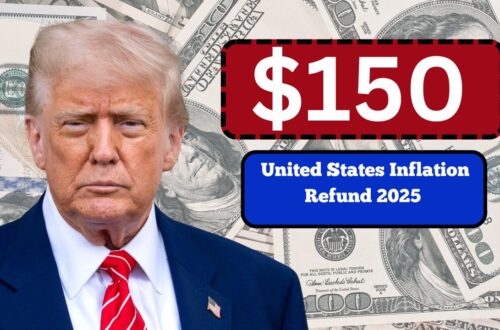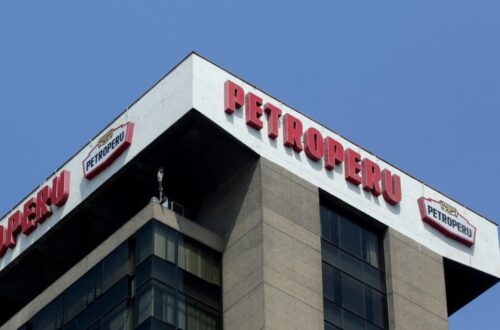Peru is moving ahead with a big public–private partnership (PPP) to build or upgrade a port that costs about US $181 million, even though the country is going through political instability.
This project shows how Peru wants to keep growing economically, despite the challenges at the top. In this article, we’ll explain what this port deal means, what’s happening in Peru politically, and why this move is important for the future.
What Is the Port PPP Deal?
What does “PPP” mean?
A public–private partnership (PPP) is when the government teams up with private companies to build or run major projects. The government gives support or partial funding; the private side brings capital, technical know-how, and efficiency.
What exactly is the US$181 million port project?
- The project is to build or improve a port in Peru.
- The total cost is about US $181 million.
- It is being carried out under the PPP scheme, which means private firms will invest, build, and operate parts of the port, while the government will regulate and partially support it.
Why Peru Is Pushing Ahead During Political Upheaval
Political instability in Peru
In recent times, Peru has faced frequent changes in government, protests, and political disagreements among leaders. These issues can slow down big infrastructure projects. Yet, the government is determined to move this port deal forward.
Why move ahead now?
Here are a few reasons:
- Economic growth: Ports are critical for trade. Improving port infrastructure boosts exports and imports.
- Jobs and investment: The project will create construction jobs and bring in private investment.
- Confidence signal: Doing big projects during political unrest shows to investors that Peru can still deliver and is stable in business matters.
- Regional competitiveness: Neighboring countries are also upgrading ports, so Peru wants not to fall behind.
Main Players and Their Roles
| Party | Role / Responsibility |
|---|---|
| Government of Peru | Oversees regulation, provides land or permits, ensures legal framework |
| Private companies | Finance, build, operate parts of the port |
| Local communities / workers | May supply labor, benefit from jobs, participate in local consultation |
| Financial institutions / banks | Provide loans or funding, manage risk |
Potential Challenges and Risks
Political risk
If governments change often, policies might be reversed or support withdrawn.
Funding and cost overruns
Construction projects often go over budget. If private companies mismanage cost, profits shrink.
Environmental and social issues
Ports affect marine life, local communities, and environment. Proper studies and measures are needed.
Legal and regulatory hurdles
Delays in permits, land acquisition, or court cases could stall the project.
How This Project Could Affect Peru
Positive Effects
- Better trade — cheaper and faster shipping.
- More jobs — both in building and operation phases.
- Infrastructure boost — improving Peru’s reputation for development.
- Revenue for government — through leases, tolls, or taxes.
Negative / Risky Effects
- Debt burden — if the government guarantees payment, it might face financial pressure.
- Social conflicts — if local communities feel ignored.
- Delays causing cost increase — which reduces benefits.
What We Should Watch Next
- Who wins the PPP contract and which company leads it.
- Whether political changes affect the project’s continuity.
- Environmental assessments to see if the project is sustainable.
- The timeline: when construction will begin and how long it lasts.
- How the local public responds — protests or support.
This US $181 million port PPP is a bold move by Peru to push forward growth even amid political upheaval. While many countries might pause big projects during unstable times, Peru seems determined to keep moving.
If successful, this port deal could strengthen Peru’s trade, attract investment, and create jobs—helping the country stay competitive in Latin America.
But the path is risky: political changes, environmental concerns, cost overruns and social conflict could derail it. The balance between ambition and caution will decide whether this project becomes a success or a costly lesson.

